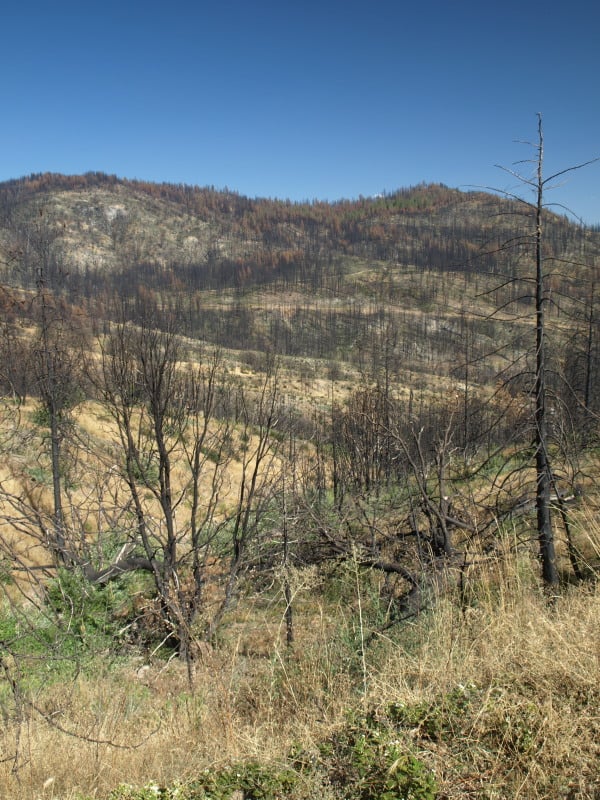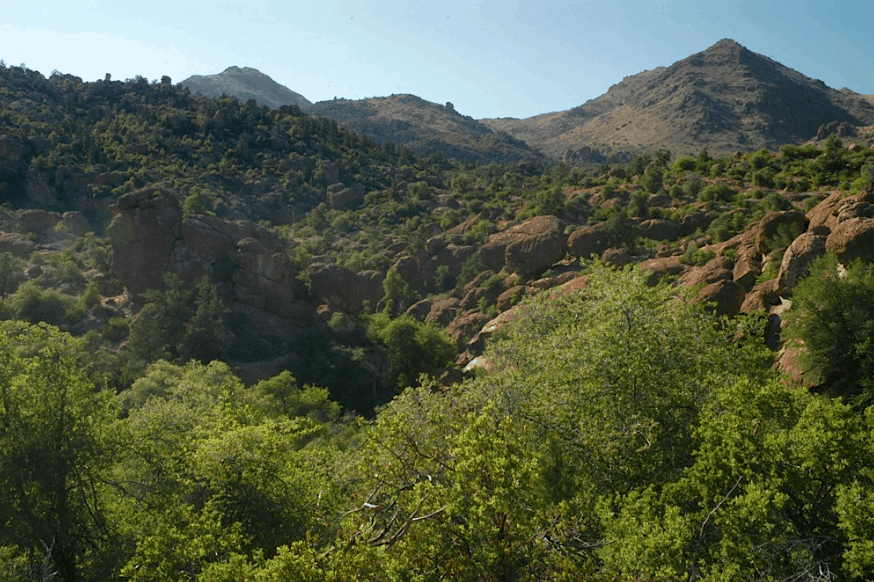Letter published yesterday in an Alaska newspaper by Owen Graham, Executive Director of the Alaska Forest Association. Subject is the Tongass, but Graham addresses “below cost” USFS sales in general. Text is below….
Timber Economics
By Owen Graham
Dear Editor
Let’s talk about real timber economics. For years we have been listening to various environmental groups and others talk about Tongass timber sale subsidies. The reality is there are none; no matter how many times the falsehood is repeated. If the federal government provides billions in wind production tax credits; that’s a subsidy. When corn farmers and ethanol producers receive billions in tax credits and have their products supported with an ethanol gas mandate; that’s also a subsidy. However, if a local lumber yard or an appliance store spends more money selling lumber or appliances than it receives, that does not mean their customers are subsidized; it just means that the lumber yard or appliance store will soon go broke. Likewise, the timber industry is not subsidized when it purchases timber from the Forest Service. The industry is not responsible for, nor can it control how much a federal agency spends.
The Forest Service cost of preparing timber sales is very high compared to what the State spends preparing their timber sales, but that is a management issue, not a subsidy. After a timber sale is sold, the government still owns the timberland and they immediately start growing another crop of trees. The agency does a good job growing trees; they just spend too much money. The Forest Service also incurs costs designing and managing some of the access roads but like the land itself, the roads remain after the logging is complete and those roads are used for various purposes such as hunting and fishing access in addition to access for managing the land.
Federal agencies don’t go broke when they spend too much or produce too little, but they do respond to other kinds of incentives. For instance, environmental analyses (timber sale EISs) represent about half of the total cost of preparing federal timber sales. If environmental groups are sincerely concerned about federal fiscal responsibility, they could work to minimize the cost of these analyses rather than constantly demanding more.
A recent economic study by a Montana group criticizes the Forest Service for preparing below-cost timber sales (timber sales that cost more to prepare than the stumpage receipts). The issue is real, but the study grossly exaggerates the below-cost problem. However, instead of addressing the causes of this diseconomy, the study states that the agency should divert its funding to young-growth timber sales, recreation and fish habitat restoration. This not-from-Alaska group is evidently unaware that the young-growth on the Tongass is decades away from maturity and if it is harvested now, the below-cost problem will become much worse. The group also fails to recognize that the timber program has enhanced recreation opportunities and has not harmed fish habitat. In fact, fish populations have more than doubled in Southeast Alaska, particularly in the most heavily logged watersheds. The study also fails to address the issue of replacing year around, high wage logging and manufacturing jobs with low wage, seasonal jobs.
The Forest Service has done a good job managing the forest, even if it does spend too much money. All of the harvested lands support healthy, vigorous stands of young-growth timber, fish and wildlife populations are doing fine and the logging roads are providing access to the forest for everyone. The agency needs to honor the timber supply commitments it made many years ago and make the transition to young-growth timber as it becomes mature rather than submit to political pressure to reduce the timber supply and harvest the young trees prematurely.
Regards,
Owen Graham, Executive Director
Alaska Forest Association
Ketchikan, Alaska
About: Owen Graham is the Executive Director of the Alaska Forest Association – a Statewide Association since 1957.



